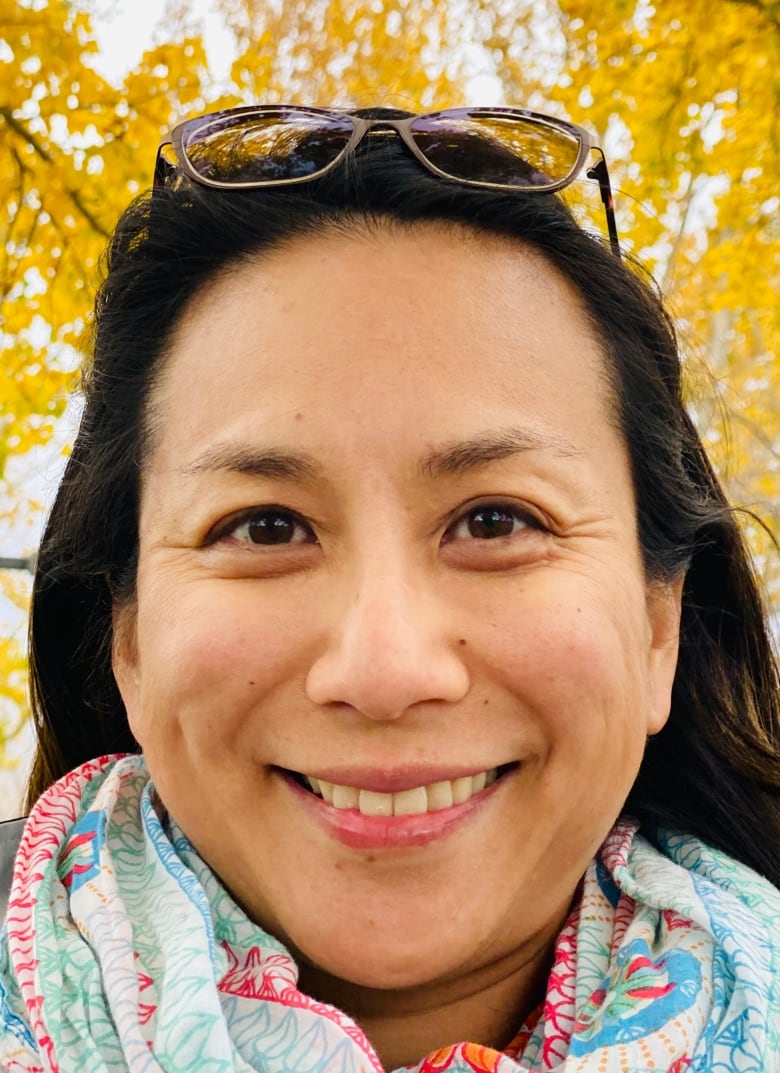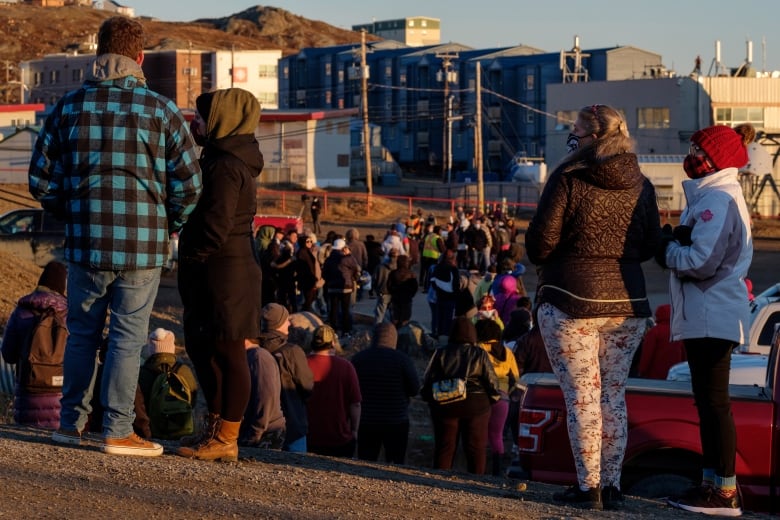Nunavut’s former deputy chief public health officer says she flagged concerns to the City of Iqaluit about whether tests at the city’s water facilities were done properly in early October when strange, fuel-like smells were coming from the taps.
In an interview with CBC News, Dr. Anne Huang, who is no longer in the role, said that “It definitely was challenging to receive information that first week.” Initially, she said the city “had no idea who I was.”
In the days that followed, her fears were realized when she found that initial water samples sent to an Ottawa lab had not been collected correctly.
“I was worried because I didn’t know how much that could impact the findings,” Huang said from Regina.
She began her role as deputy chief public health officer in April. Working with the territory’s chief public health officer on COVID-19, she was also responsible for environmental health. Her six-month contract with the territory wrapped up in late October.
Huang said she also asked if the city tested specifically for hydrocarbon contamination as she said she and her colleagues could detect a fuel smell from their taps, even as social media posts began to pop up saying the same thing. She said she wanted to rule out that the smell wasn’t caused by petroleum hydrocarbons entering the drinking water system.
By Oct. 12, the city of 8,000 people was under a do not consume order that lasted nearly two months. The city would eventually point to an underground fuel spill as the potential cause of the contamination.
Residents still wary of tap water
The do not consume order has since been lifted, but some residents are still wary of drinking the water.

“I am not surprised and I don’t blame the public for not having full confidence in the tap water despite the do not consume water having been lifted, because of some of the gaps in communications, I think, during the water crisis,” Huang said.
In an email statement to CBC News, City of Iqaluit spokesperson Aleksey Cameron wrote that testing for petroleum hydrocarbons is not part of the federal or territorial testing requirements, and therefore was not part of the city’s water testing regime.
As a result, she said, the city did not have the correct bottles to test for hydrocarbon contamination.
“The lab was called and they advised staff to use the bottles on hand to rush the samples and they would send the correct bottles,” Cameron wrote.
“The time it takes to send samples to a southern lab and receive results is usually five days,” she wrote.
“This was one of the challenges that was faced during the early stages of the investigation.”
Huang urged caution in communicating initial results
Huang said she told both the city and Nunavut’s health department to emphasize the initial test results were preliminary, rather than more conclusive.
On Oct. 10 the City of Iqaluit issued a release asking residents to report any odours from their taps and said that no water quality advisory was being issued at that time. “Drinking water testing to date [is] satisfactory.”
Two days later, Nunavut’s health department issued the do not consume order.
“Previous test results found that the risk of contamination at the time was low and that the water was safe to drink,” the order read.
Despite the initial communication challenges, Huang said there was a good information flow from the city in the days that followed.
But she said the public deserves to know how those in charge handled the situation.
She also said it’s important to keep in mind that the city used to be home to an old American air force base and, as a result, is at a higher risk of future fuel contamination.
“I do think a full transparency will be critical to regain the confidence of the public in this critical infrastructure,” she said.

Huang also suggested the city should make data from its new water monitors publicly available in real-time to help alleviate concerns about drinking water quality — something the city has promised to do on a weekly basis.
“I think more clear and frequent communication would have been helpful and will be helpful going forward. That’s how trust is built,” Huang said.
The installation of a second monitoring station to monitor raw water from Lake Geraldine, the lake the city draws its drinking water from, is also expected to be completed by the end of the week, according to the city’s spokesperson.
In a Tuesday release, the city also said that since Oct. 23, all sampling undertaken for petroleum hydrocarbons have shown the water is safe to drink. Residents who still experience any unusual odours or smells can contact the city’s water hotline at 867-979-5603.
“Residents may still notice occasional odours in their tap water as a result of trapped vapours in the system. These will dissipate over time,” the release said.













Leave a comment